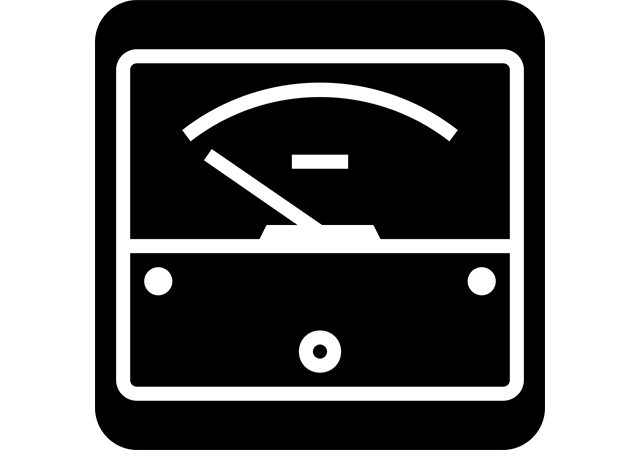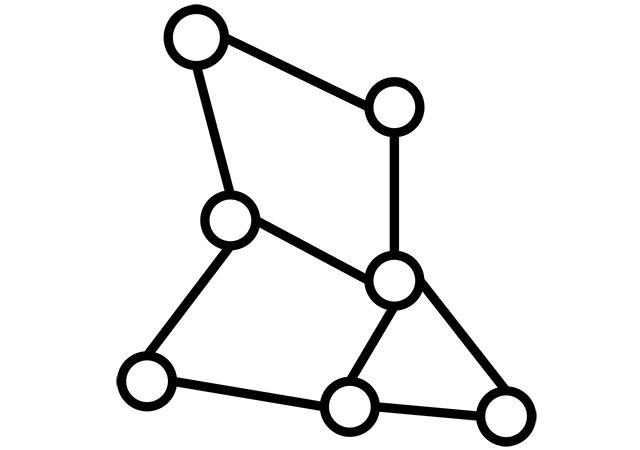Basic laws of electric circuit theory are Kirchhoff’s Laws – the law of the currents balanced in the circuit nodes (first Kirchhof’s Law) and voltages balanced in a loop (second Kirchhoff’s Law).
First Kirchhoff’s law or Kircchoff’s current law (KCL) states that current algebraic sum in a node is equal to zero.
This sum works for currents converging in a considered node. Currents signs correspond to the considered positive direction of currents. For example, all currents flowing towards the node have positive signs, all currents flowing from the node have a negative sign, or conversely.
First, Kirhhoff’s Law expresses that nodes do not accumulate electrical charge. It means the sum of charges coming to the node is equal to the sum of charges leaving this node.
Second Kirchhoff’s Law or Kirchhoff’s voltage Law (KVL) states that the algebraic sum of EMF at any loop in the circuit is equal to the voltage of every element of this loop.
Circuit bypass is usually performed in any chosen direction. EMFs and voltages, matching with the bypass direction goes with the same sign. The statement is valid, that the sum of voltages of a branch is equal to zero in any closed loop.
Kirchhoff’s Laws application for circuits analysis.
Methods that will be discussed in Kirchhoff’s Law are valid for both AC and DC circuits, and for synthesising material which is provided in a complex form.
Generally speaking, all the variables in the circuit can be found by resolving Kirchhoff’s first and second Laws (for voltage and current).
Consider that there are p branches and q nodes in a circuit, EMF (voltage sources) are known, voltages at nodes are variables to be found.
According to Kirchhoff’s first Law, the sum of the currents in the node is equal to 0, and there will be q – 1 independent equations. According to the second law of Kirchhoff, the sum of EMFs in the node is equal to 0, there will be p – q + 1 independent equations in the system. It does mean that to resolve the circuit according to the first and second laws of Kirchhoff, (q – 1) + (p – q + 1) equations i.e. p should be resolved.




